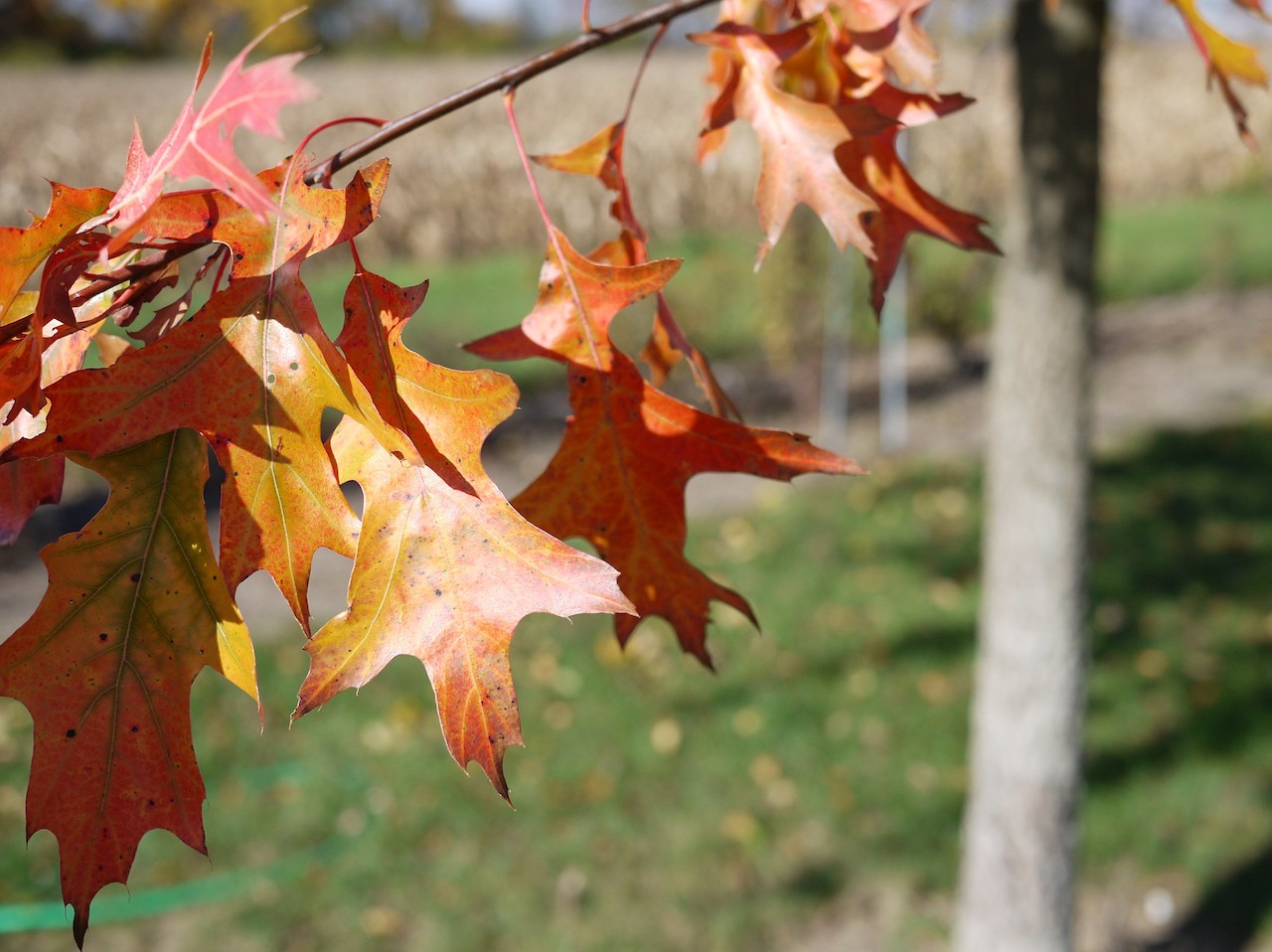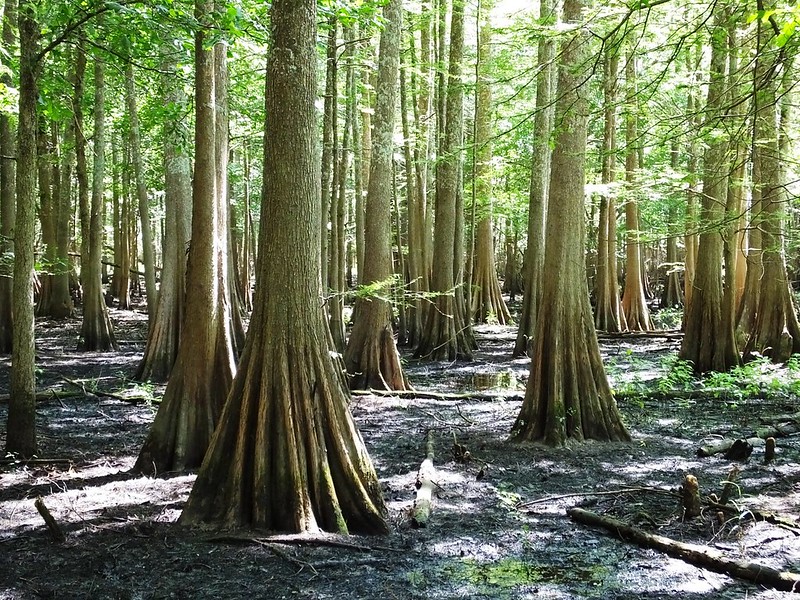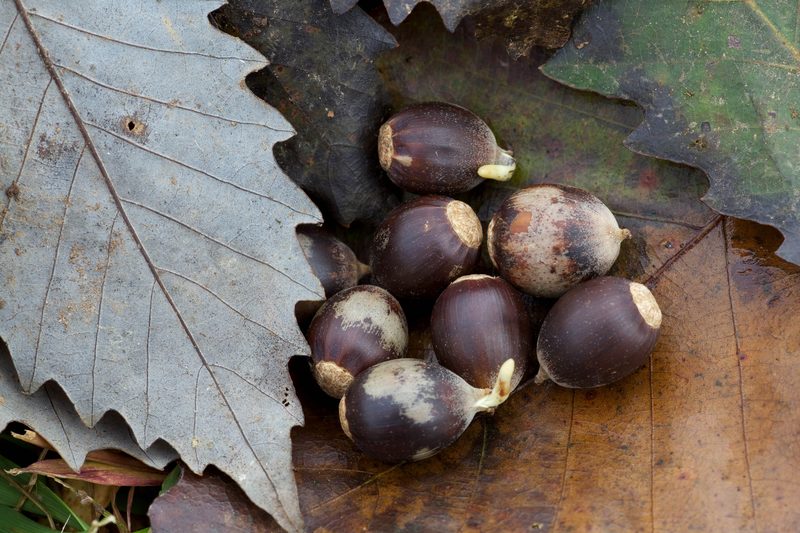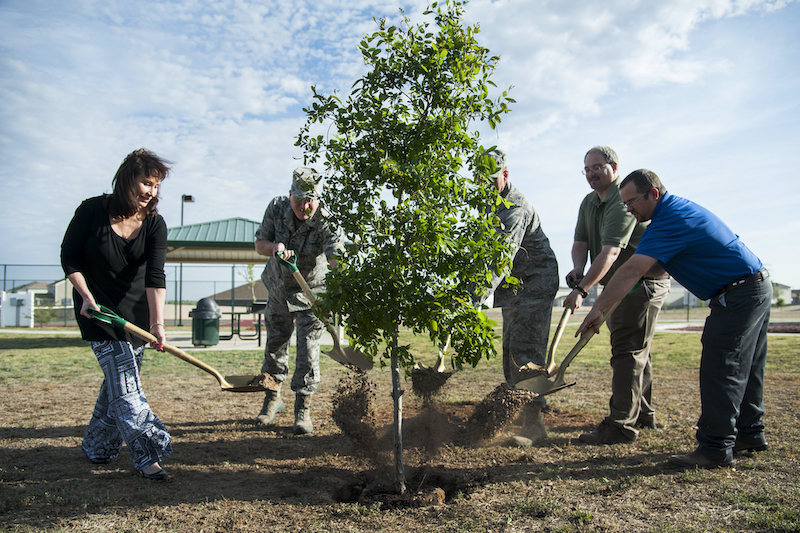
Unlike many other parts of Texas, Fort Worth is a city of true seasons. Hot and muggy during the summer months, cold and windy come wintertime.
So, if you are planning to add new trees to your landscape, it’s important to plant ones that can handle the highs and lows of Fort Worth weather. But no worries, we’ve got you covered.
Here are the six best trees to plant in Fort Worth:
1. Lacey Oak
The lacey oak tops the list of best trees to plant. In fact, the Texas A&M Agriculture Program recently called it the Texas Superstar.

It’s an attractive deciduous tree with leaves that are soft pink in the beginning before turning a beautiful shade of blue-green at maturity. Then, in autumn they turn once again to different shades of brown and yellow. Another great feature that makes them worthy of the superstar title is that, unlike many other species of trees, they don’t seem to attract insects or disease.
Lacey oaks are hearty trees that adapt well to the hot Fort Worth summers. And they work very well in Fort Worth yards.
According to Laura Miller, Extension Agent for Tarrant County, “One thing you often see is people planting large trees (such as live oaks) in a small landscape. This doesn’t always work out so well. If you want to have a nice oak tree, but you don’t have a large space, the lacey oak is a great choice.”
2. Bald Cypress

Bald cypress trees have become a popular choice in parks, along streets, and other urban landscaping settings. But they are also great for Fort Worth homeowners. It’s an evergreen tree that acts as a deciduous by dropping leaves each fall. Bald cypress can be clipped to create a formal hedge or a soft privacy screen for your home.
Laura recommends them because “they have a nice, straight growth pattern. Bald cypress works well in most spaces and they’re tough enough to handle a variety of weather changes.”
3. Shumard Red Oak
The Shumard red oak (pictured above) is attractive year-round, but especially in the fall when the leaves turn stunning shades of red and yellow. It’s a popular tree amongst Fort Worth homeowners for its beautiful colors, its stately look, and the great shade it provides. It can live for up to 200 years and adapts well to the soil found in and around Fort Worth. This tree, however, does grow to be very large. So keep that in mind if you are considering it for your yard.
4. Live Oak
The live oak is a staple in Fort Worth and other Texas cities. Grass doesn’t like it much, but Fort Worth residents love the dense shade that this evergreen tree provides. Live oaks grow quickly, they live a very long time, and they require very little maintenance or watering. And because it’s an evergreen, there’s much less leave raking to do in the fall. However, the downside to these magnificent trees is that it is very difficult to grow grass under them.
5. Chinquapin Oak

The chinquapin oak is a Texas native tree that is finally catching on. While readily available at nurseries, it’s been somewhat of an underutilized tree in Forth Worth landscapes. But that is starting to change as homeowners and landscapers recognize what a great tree it is for the area. Chinquapins have very few problems with pests, disease and fungus. Plus, they are drought tolerant. These trees can grow as tall as 50 to 70 feet — more in the right conditions. In fact, one of the tallest ones on record in the Dallas/Fort Worth area is 88 feet tall and has a crown spread of 72 feet.
6. Cedar Elm

The final tree on the list of best trees to plant in Fort Worth is the cedar elm. It’s a very hardy tree that is tolerant of both drought and very wet conditions and can survive well in a variety of soils, even compact ones. Cedar elms make great shade trees for smaller yards that can’t accommodate a large oak. They are very low maintenance and attractive deciduous trees that grow around 1.5 to 2.5 feet per year until they reach their final height. They are generally 40 to 50 feet at full maturity. Each autumn the leaves of these trees turn a lovely golden yellow hue before falling for the winter.
Talk to a Forth Worth landscaping expert if you need help selecting trees for your landscape. LawnStarter can connect you with passionate lawn care and landscaping pros with helpful advice.